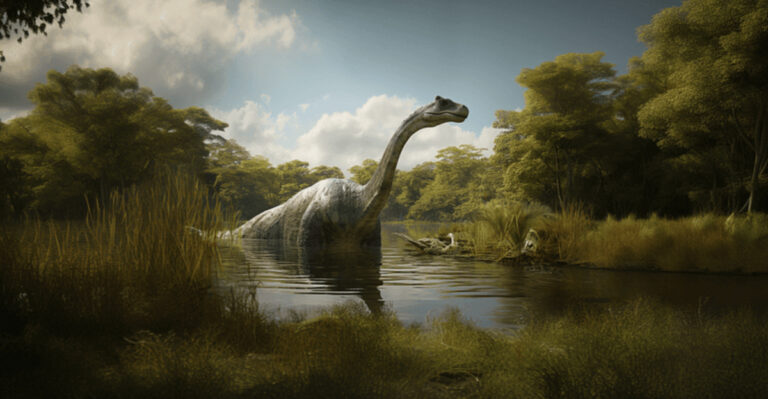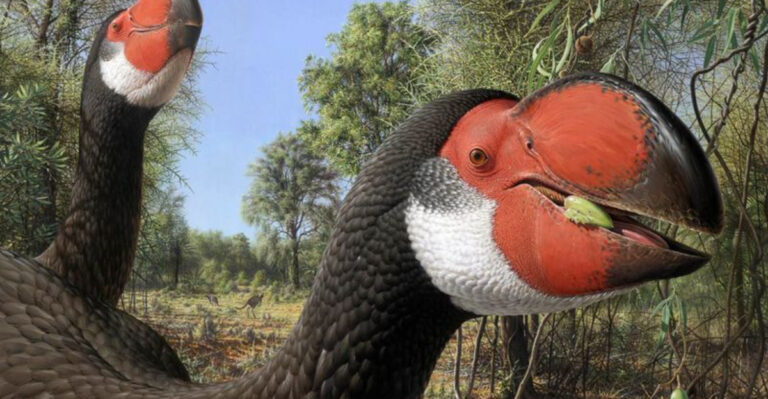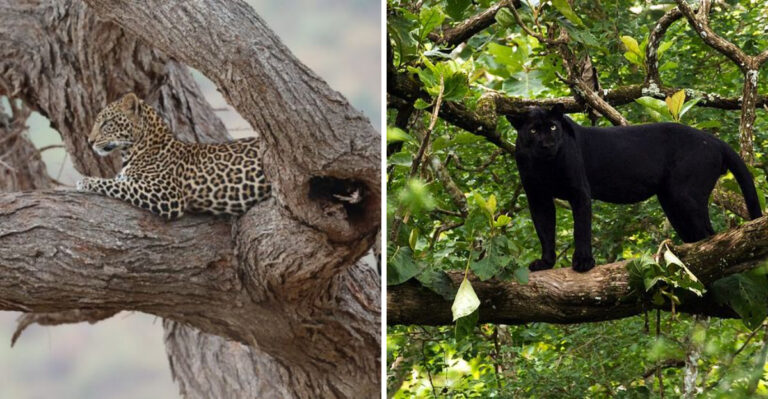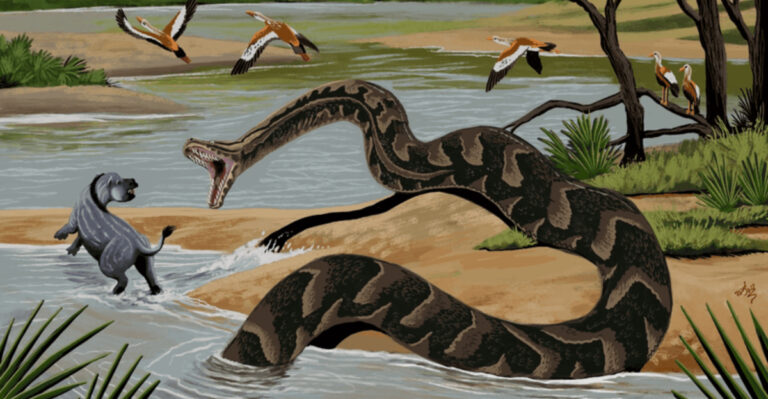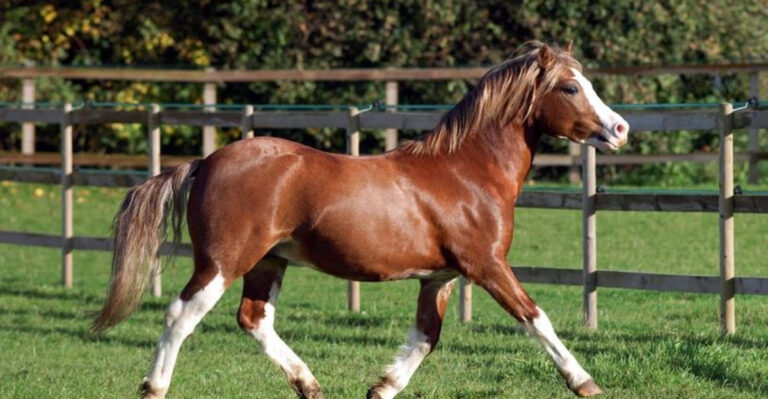15 Most Venomous Creatures On Earth You Should Steer Clear Of
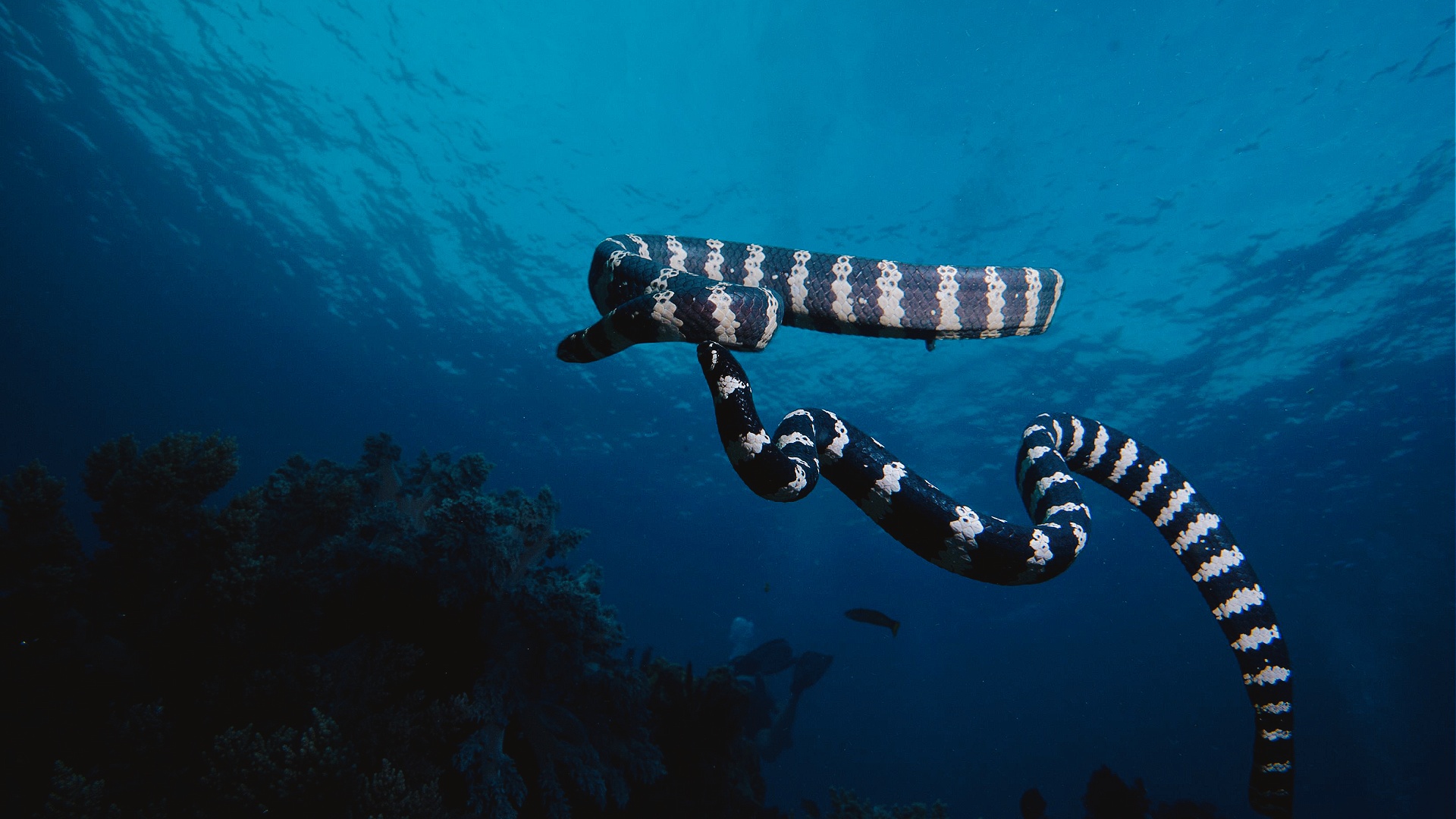
From the depths of the ocean to the dense rainforests, our planet is home to some of the most venomous creatures known to man.
These animals possess venom so powerful that a single bite or sting can be fatal, causing paralysis, intense pain, or even death. While many of these creatures are often elusive and avoid human contact, it’s crucial to be aware of their presence and the dangers they pose.
1. Box Jellyfish
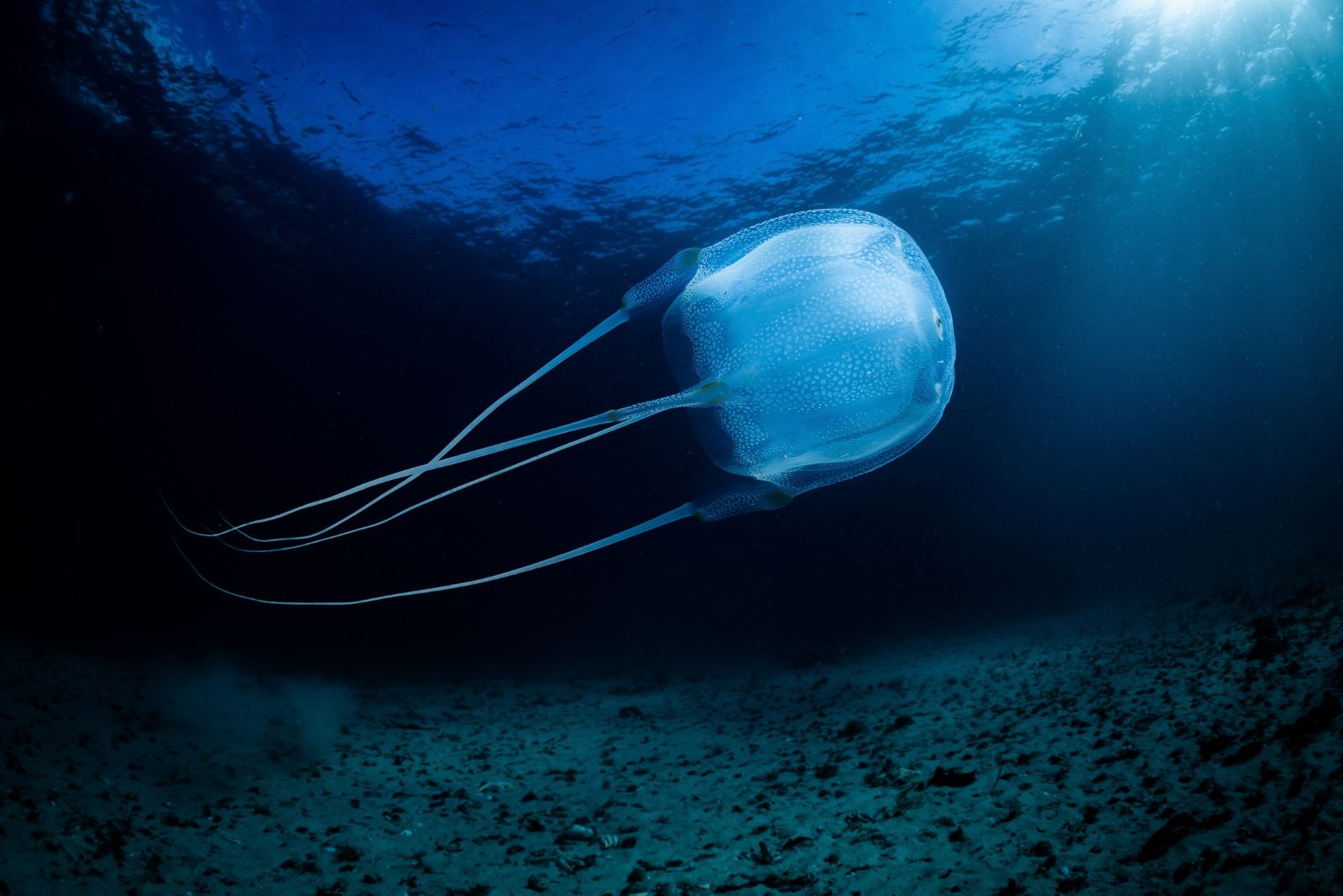
Talk about the ultimate marine menace! Its tentacles are packed with venom that targets the heart, nervous system, and skin cells.
A single sting can cause excruciating pain, cardiac arrest, and even be fatal within just a few minutes. What makes it worse?
The sting is often so painful that people can go into shock before even reaching the shore. Definitely a creature to admire – from a safe distance.
2. Inland Taipan
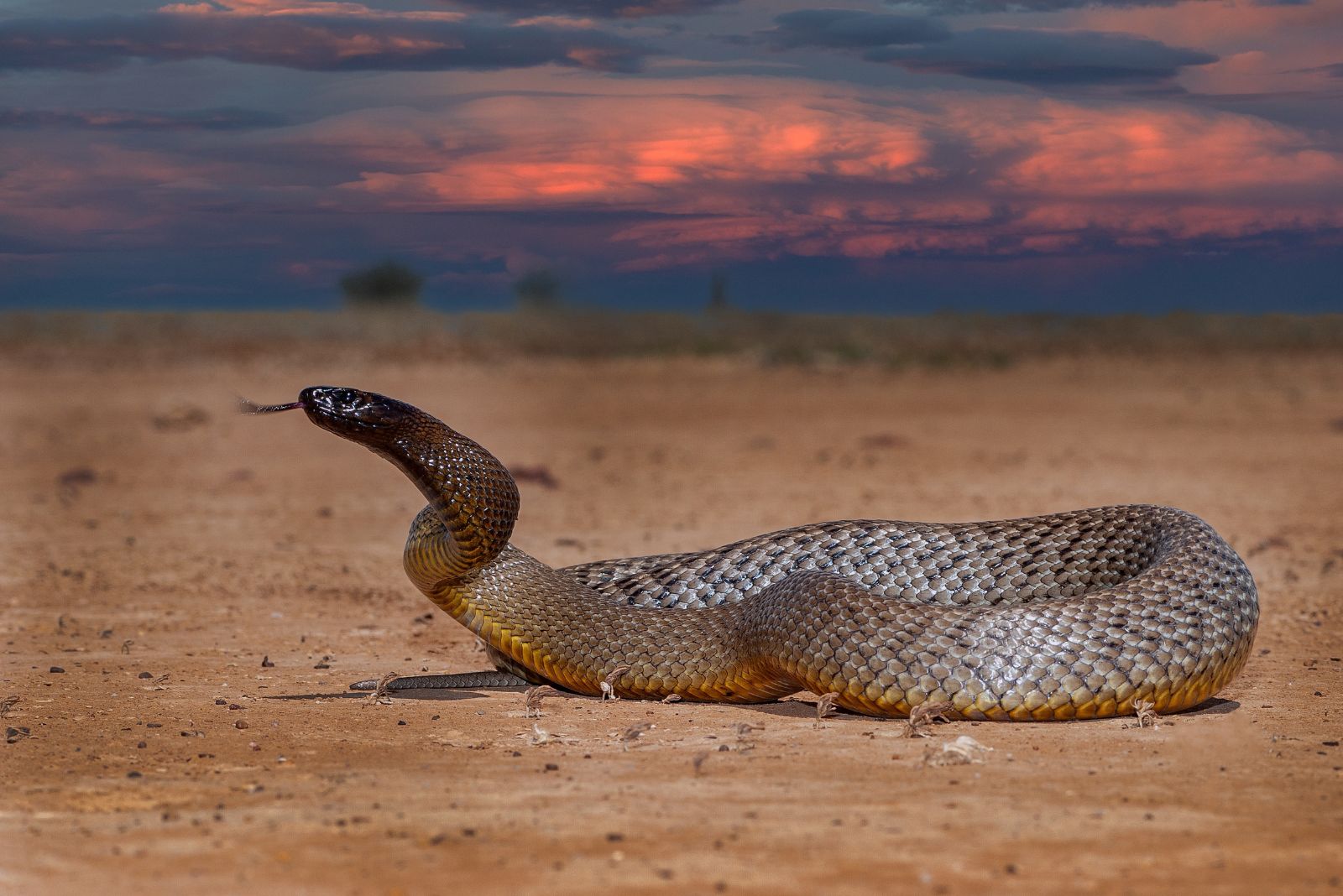
The inland taipan, also known as the “fierce snake,” has venom so potent it can claim the lives of dozens of humans with just one bite.
Found in remote areas of Australia, this snake doesn’t strike often, but when it does, its neurotoxin works fast – paralyzing the victim’s muscles and shutting down vital organs.
Thankfully, this shy snake prefers to avoid humans, but if it feels threatened, you’d better not stick around.
3. Stonefish
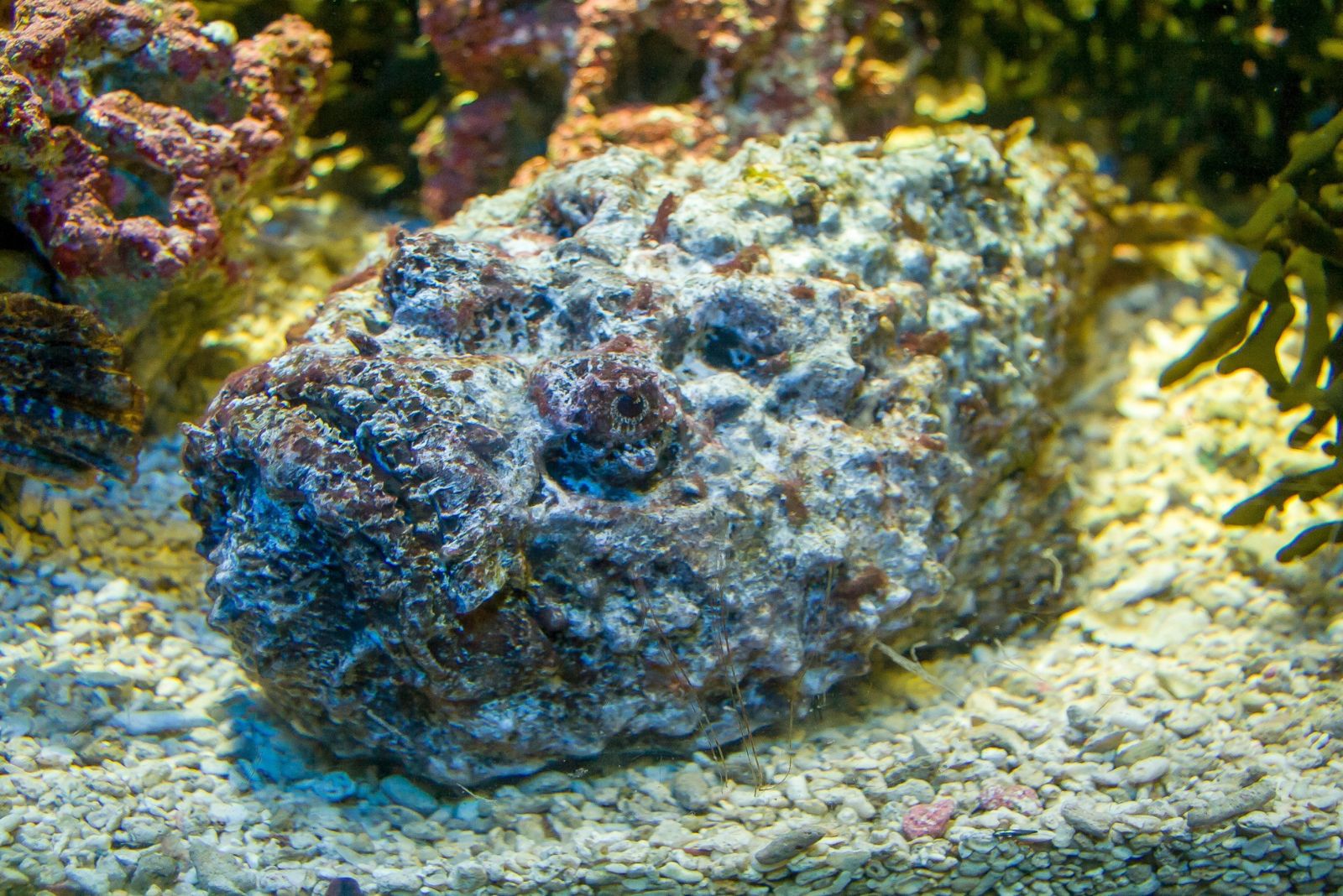
Picture stepping on what looks like a harmless rock – only to find out it’s the most venomous fish in the world. The stonefish, which lurks in the shallow waters of the Indo-Pacific, uses venomous spines along its back to defend itself.
The sting causes unbearable pain, swelling, and, if untreated, can be fatal. The stonefish’s ability to blend in makes it all the more dangerous. A good rule of thumb? Watch your step!
4. Brazilian Wandering Spider
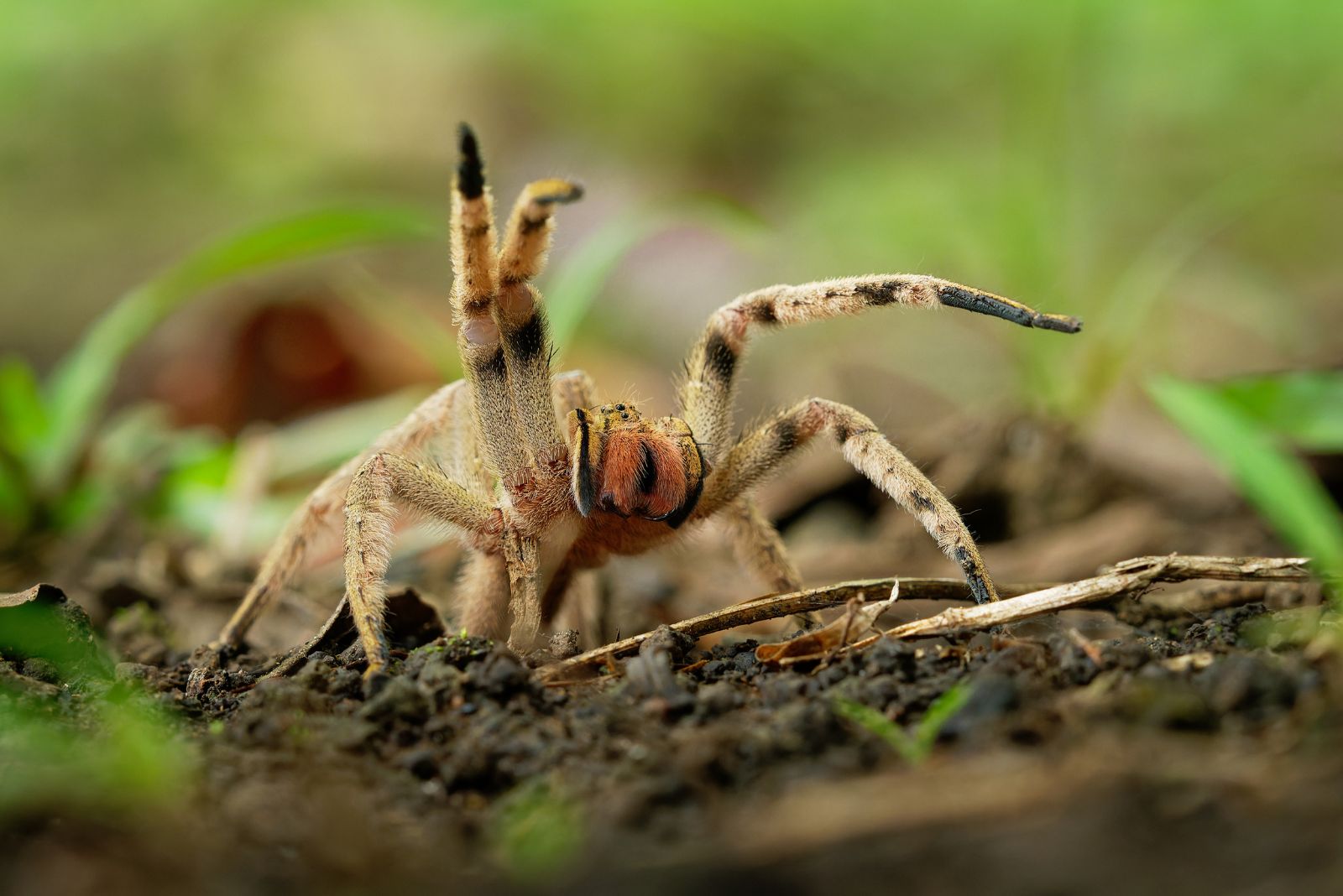
If you think spiders are scary, meet the Brazilian wandering spider. Known as one of the most venomous arachnids, its bite can cause severe pain, muscle paralysis, and, in rare cases, have a fatal outcome.
Found in South America, this spider doesn’t wait for prey to come to it – it wanders at night, making encounters with humans more likely. It’s not just a nightmare scenario; it’s reality for those who stumble upon one.
5. Cone Snail
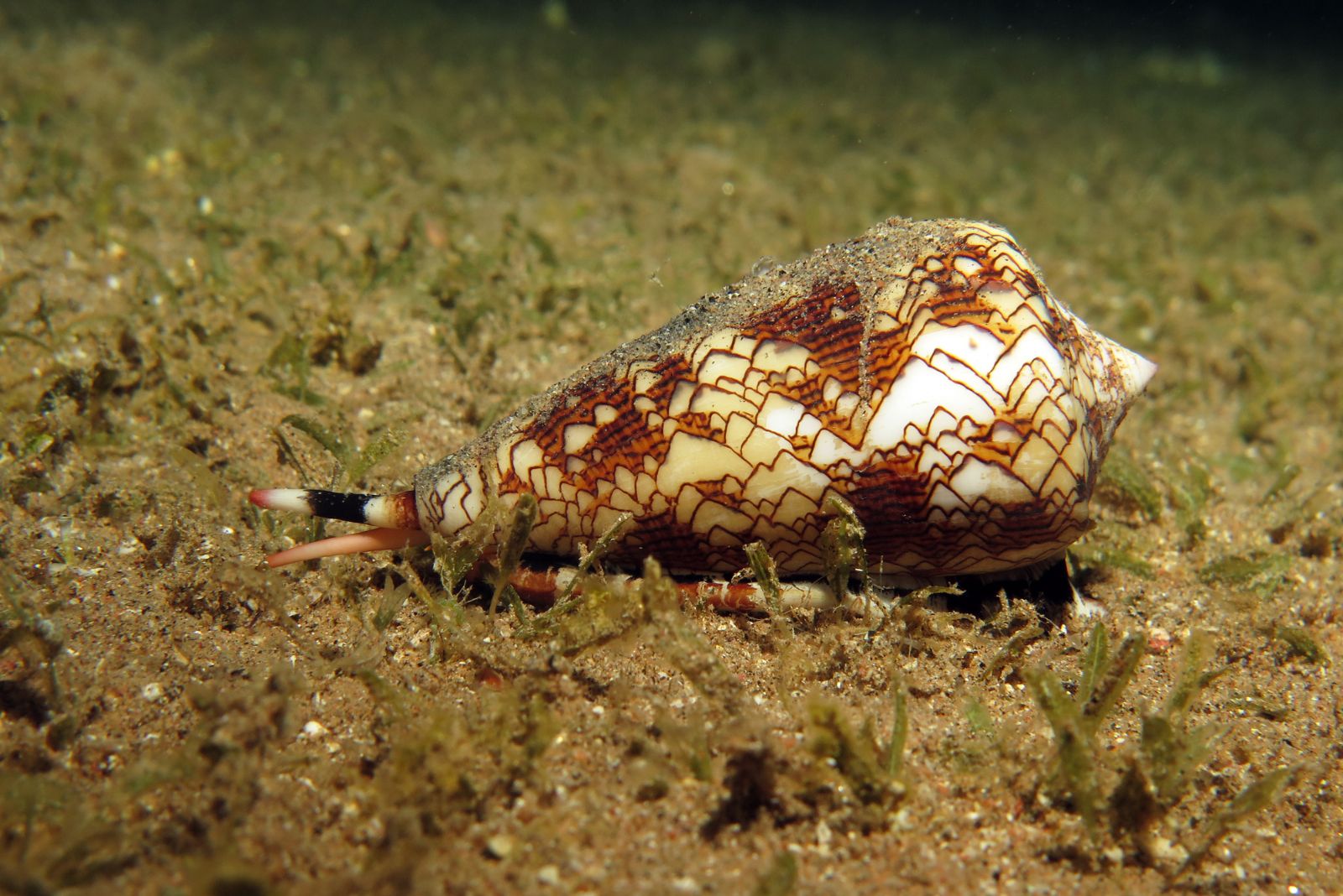
Cone snails might look like pretty seashells, but their venomous sting is anything but pretty. Found in tropical waters, these small marine creatures have a harpoon-like tooth that delivers a cocktail of toxins.
The result? Paralysis, respiratory failure, and sometimes a fatal outcome. With no antivenom available, a sting from a cone snail is a critical emergency. So you can admire their beautiful shells, but don’t ever pick them up!
6. Blue-Ringed Octopus
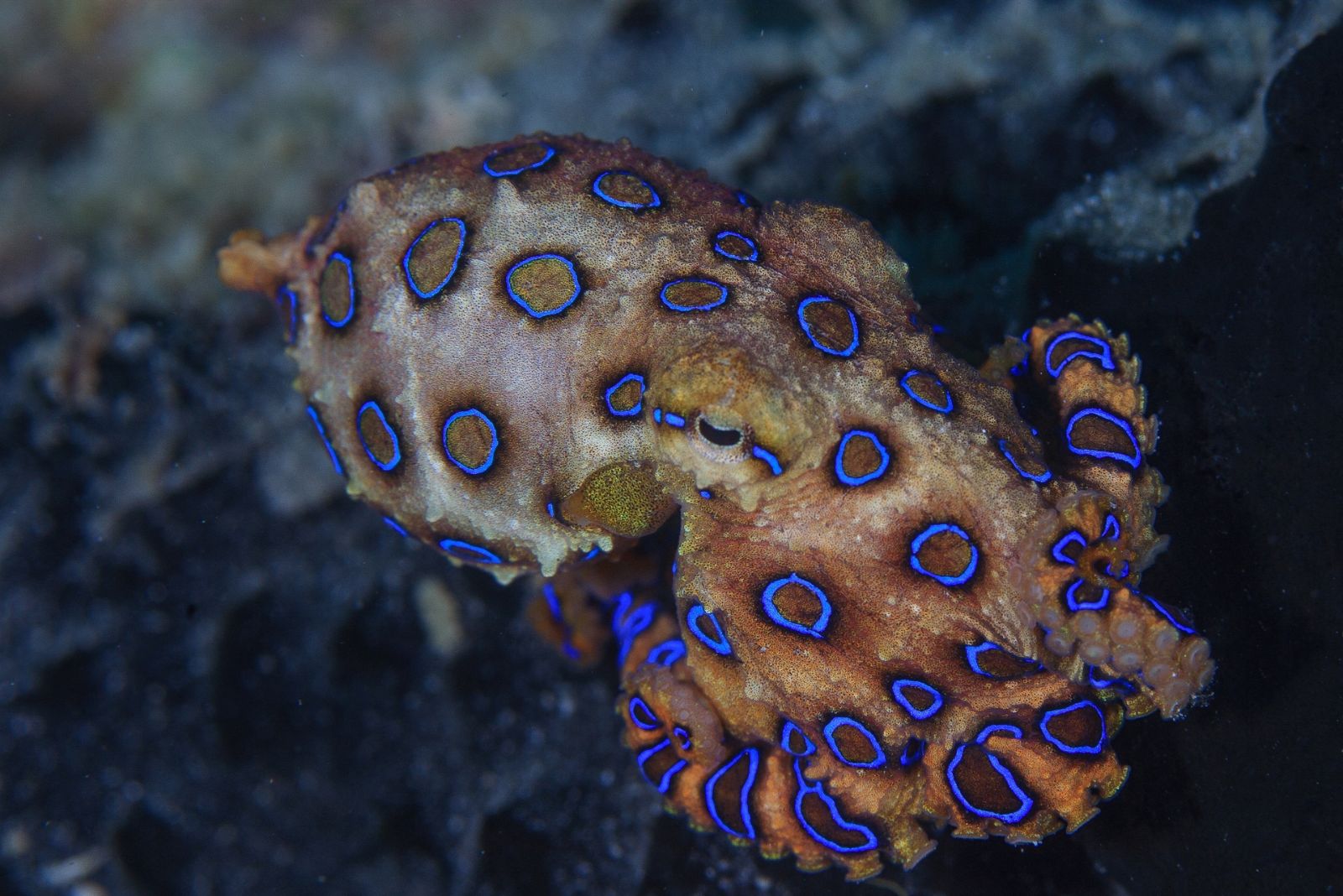
This tiny octopus is as lethal as it is beautiful. The blue-ringed octopus, found in the Pacific and Indian Oceans, has venom containing tetrodotoxin, which is strong enough to paralyze muscles and shut down breathing.
It’s so toxic that there’s no known antivenom. Its glowing blue rings are a warning; one you definitely don’t want to ignore.
7. King Cobra
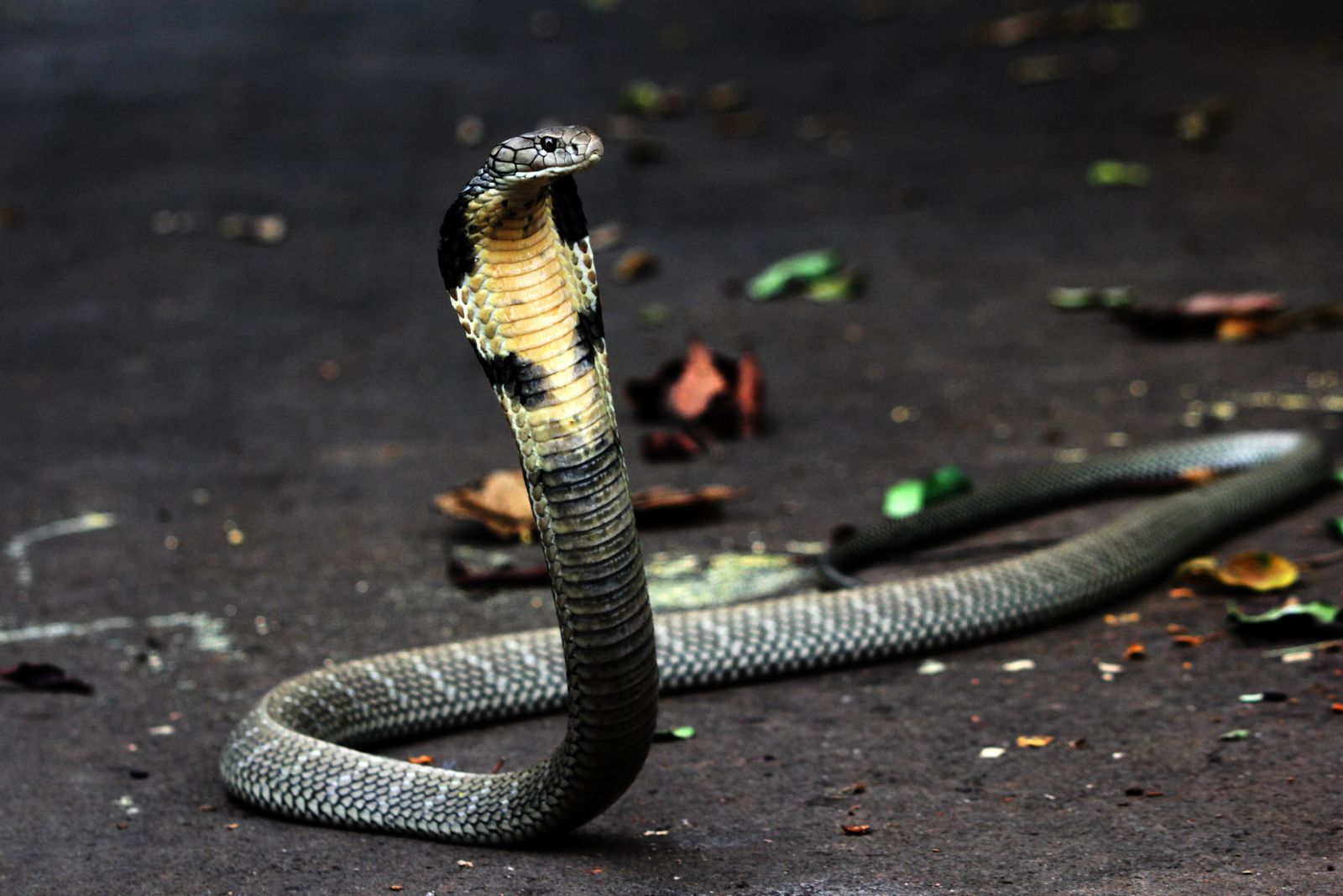
The king cobra’s hood and intimidating hiss are warning signs you should take seriously. This massive snake doesn’t just deliver venom, it injects enough to end an elephant in one bite.
The king cobra’s neurotoxin causes respiratory failure and paralysis. Its sheer size and fatal venom make it a true king of the reptile world.
8. Sydney Funnel-Web Spider
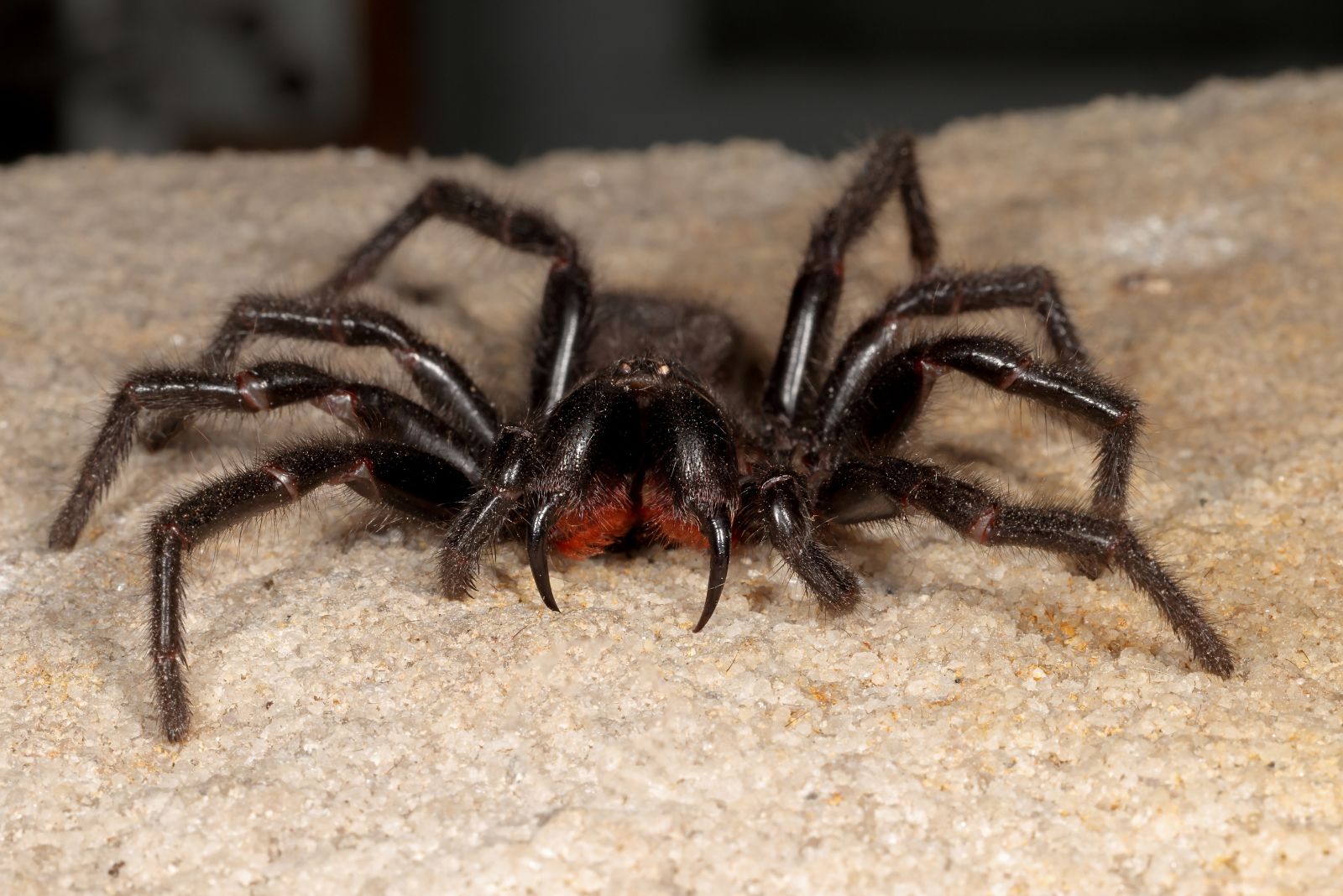
Australia strikes again with the Sydney funnel-web spider, known for its aggressive nature and extremely potent venom. Its bite can cause muscle spasms, sweating, and even end within hours.
Thankfully, antivenom has made fatalities rare, but this spider is no less terrifying. If you’re exploring Australia, it’s best to watch where you step – or sit.
9. Pufferfish
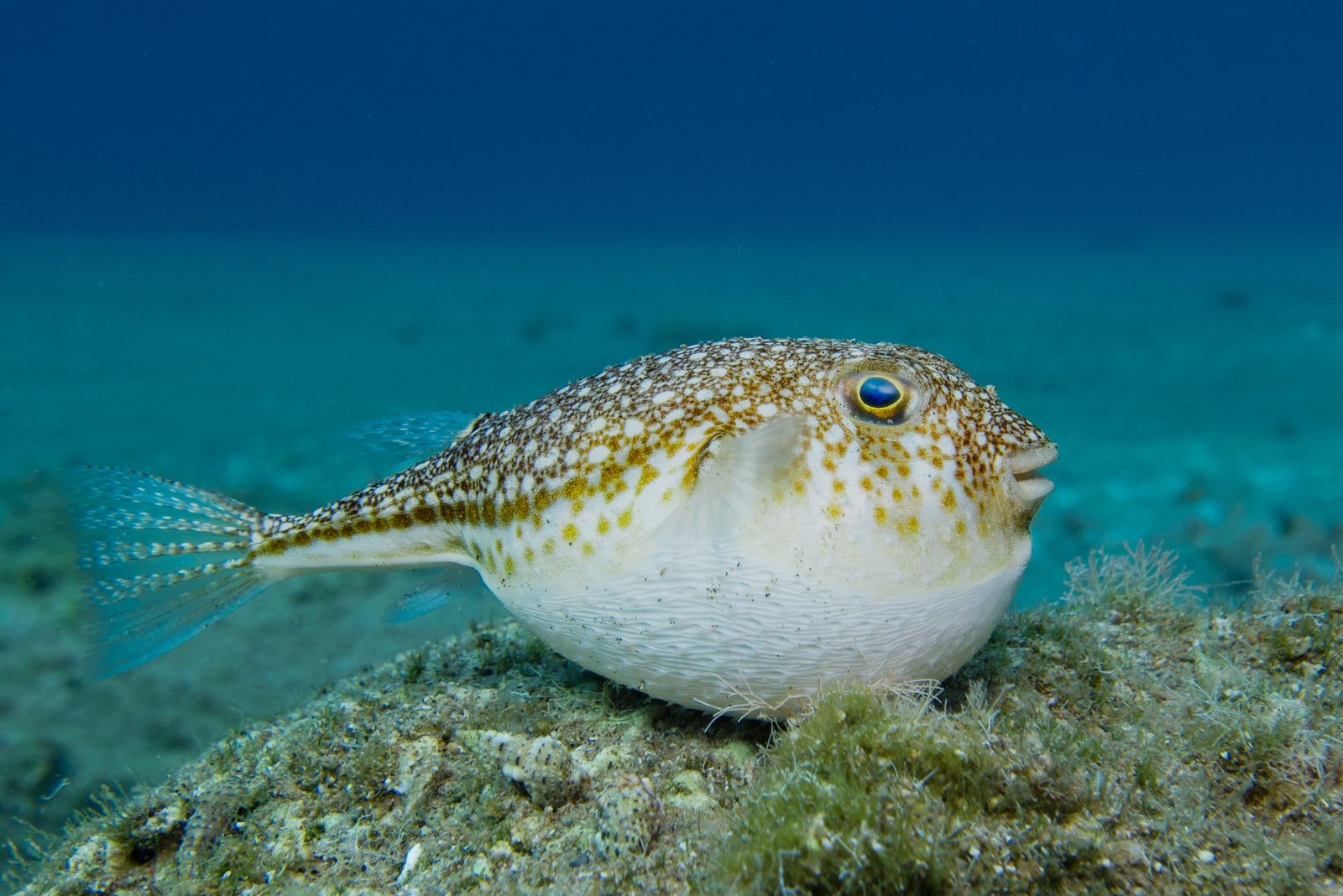
The pufferfish might be cute, but it’s also one of the most toxic creatures in the sea. Its organs contain tetrodotoxin, a poison 1,200 times more dangerous than cyanide.
While it’s a delicacy in Japan (known as fugu), eating improperly prepared pufferfish can lead to paralysis and fatal outcomes. Definitely not worth the risk for dinner.
10. Deathstalker Scorpion
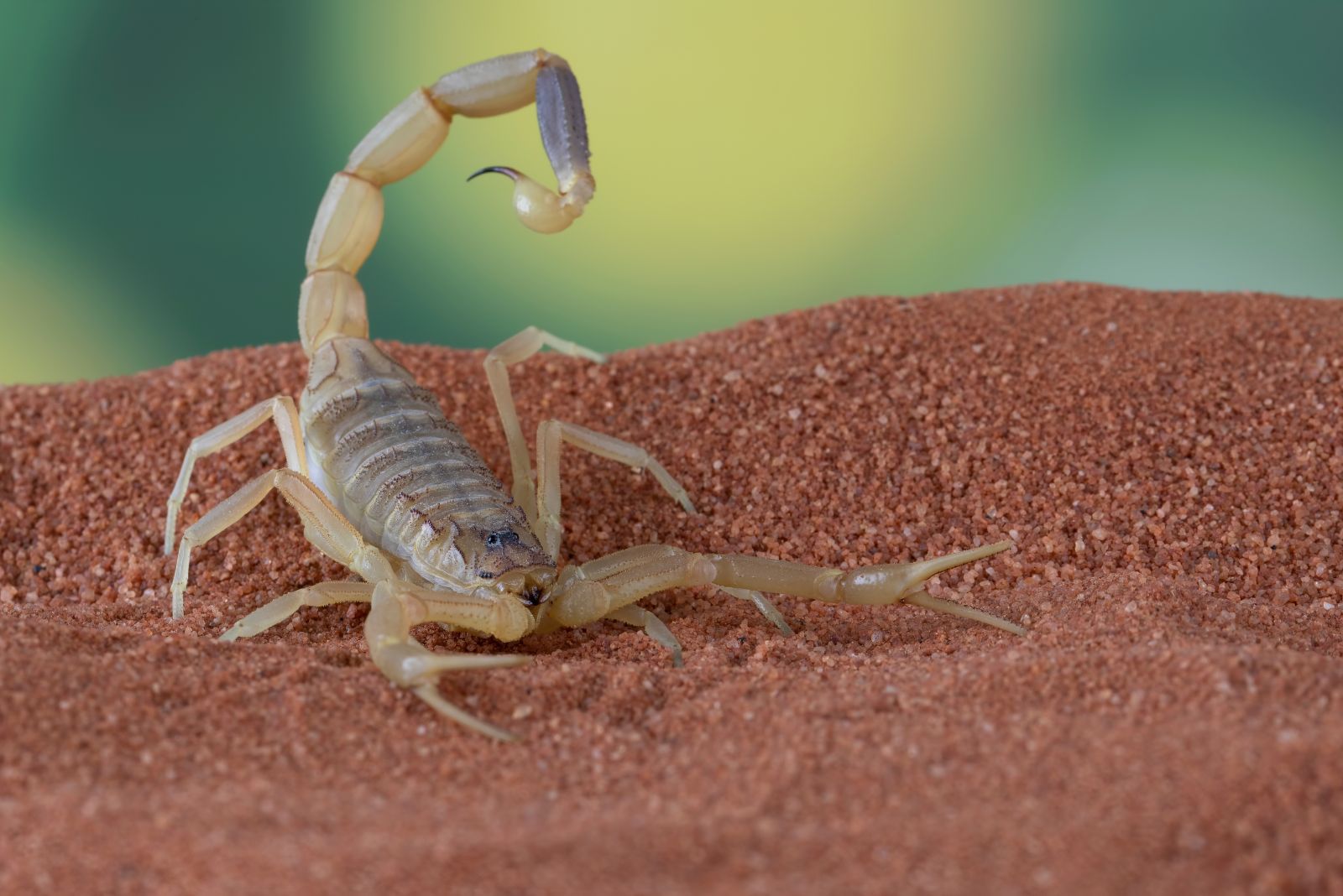
The name says it all – the deathstalker scorpion is no joke. Found in North Africa and the Middle East, this scorpion’s sting delivers venom that causes unbearable pain, fever, and even coma.
While it’s rarely fatal to healthy adults, it’s particularly dangerous for children and the elderly. Handle this scorpion with extreme caution – if at all.
11. Black Mamba
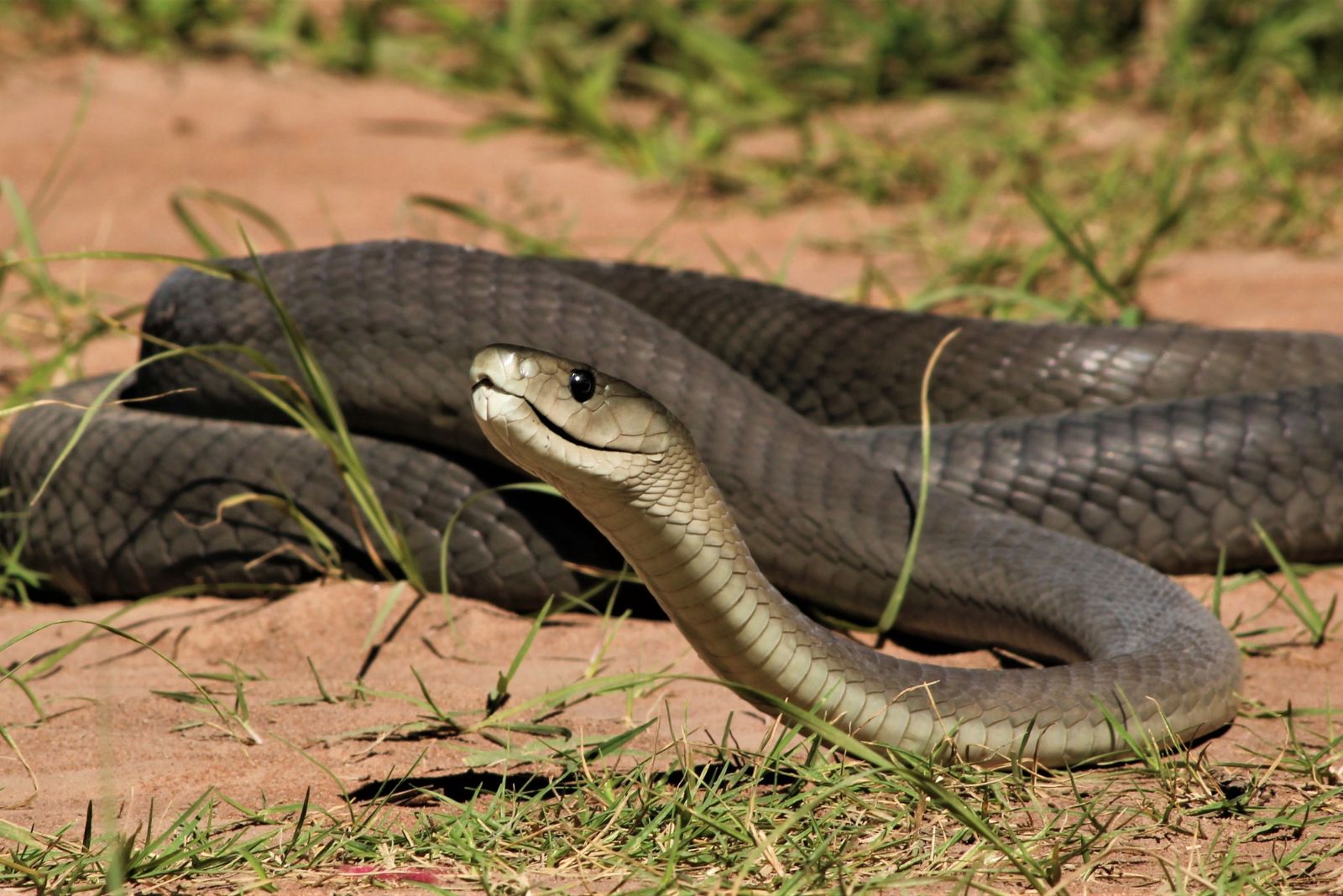
Known for its speed and aggression, this snake is one of Africa’s most feared. Its venom contains neurotoxins that can be lethal to a human in as little as 20 minutes.
The snake’s reputation isn’t just hype – without antivenom, survival rates are slim. If you ever find yourself near one, your best bet is to back away slowly and hope it’s not in the mood to strike.
12. Gila Monster
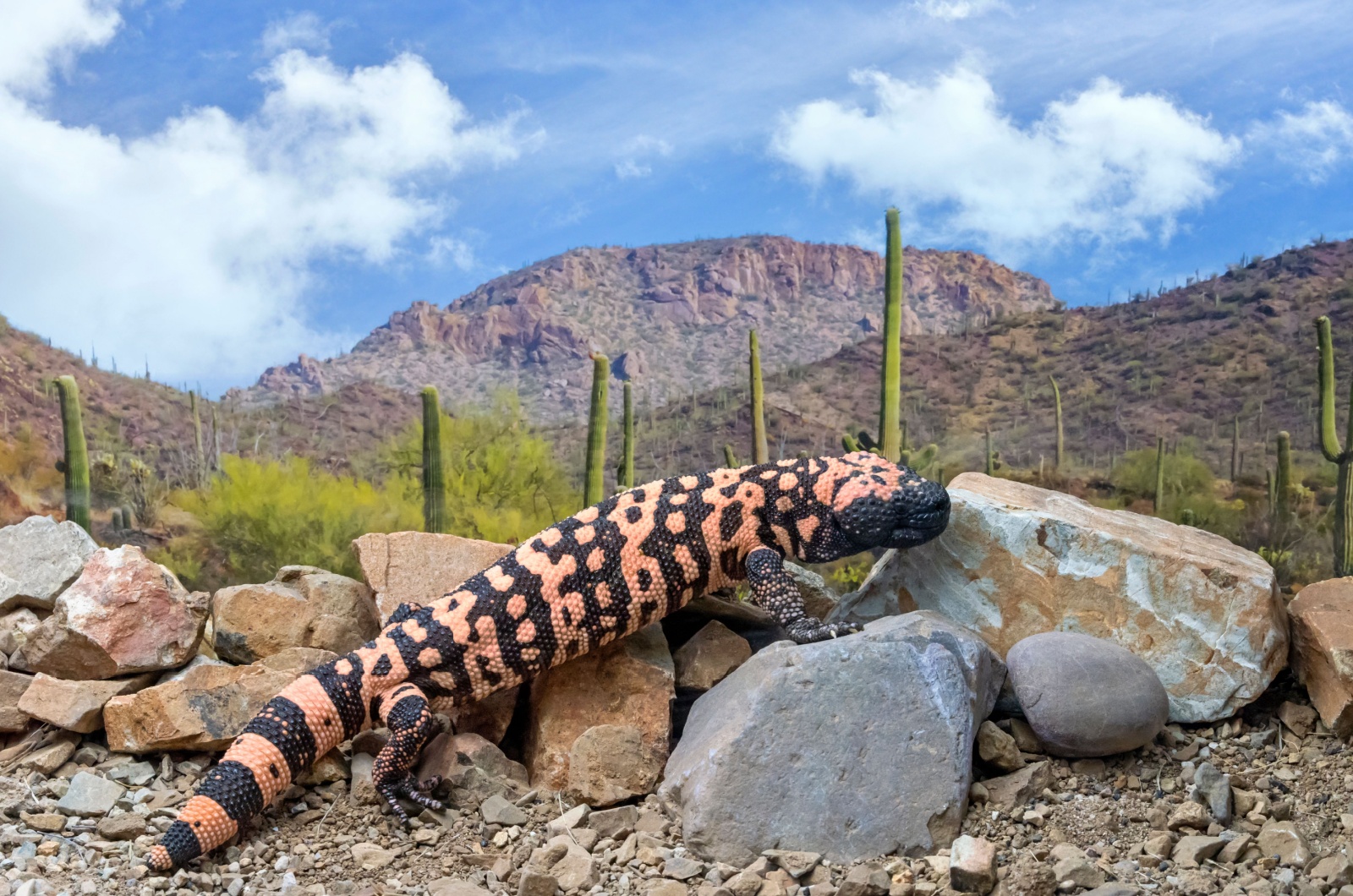
Credit: Shutterstock
The Gila monster is one of the few venomous lizards in the world, native to the deserts of the southwestern United States and northern Mexico.
Its venom, delivered through grooved teeth in its lower jaw, contains neurotoxins that cause intense pain, swelling, and in severe cases, respiratory issues.
Although its venom is not typically fatal to humans, the Gila monster’s bite is extremely painful and can leave lasting effects. This slow-moving lizard uses its venom primarily for defense rather than hunting, making it a rare but formidable creature in its arid habitat.
13. Boomslang Snake
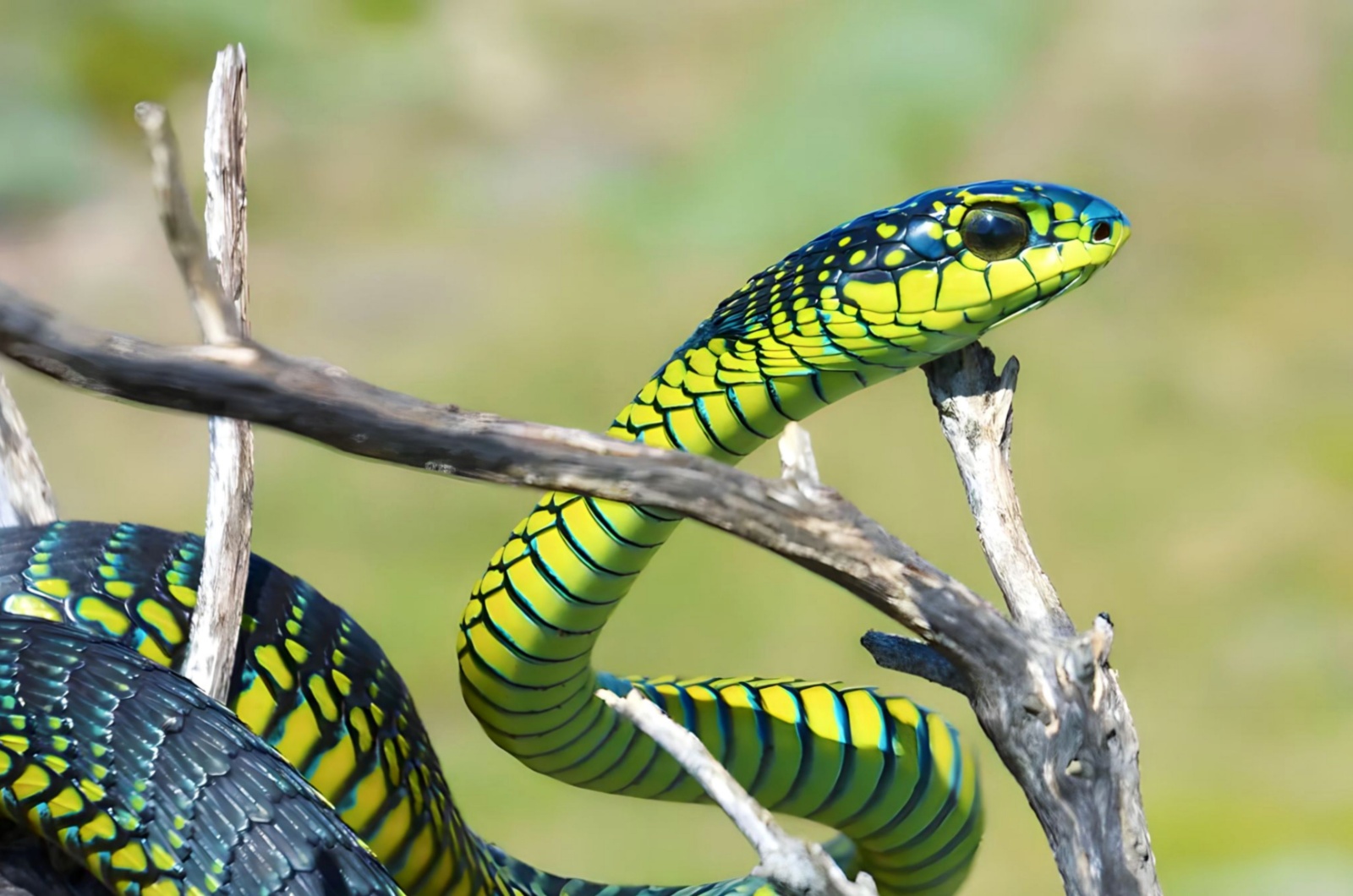
Credit: Shutterstock
The boomslang snake, native to sub-Saharan Africa, is highly venomous and deceptively dangerous. Its venom contains hemotoxins that disrupt blood clotting, causing internal bleeding, organ failure, and can be potentially fatal if untreated.
Despite its shy nature, a bite from a boomslang can be fatal, with symptoms appearing hours after the bite, making timely medical intervention crucial. Known for its ability to camouflage in trees, this snake is a silent yet potent threat in its environment.
14. Arrowhead Frog
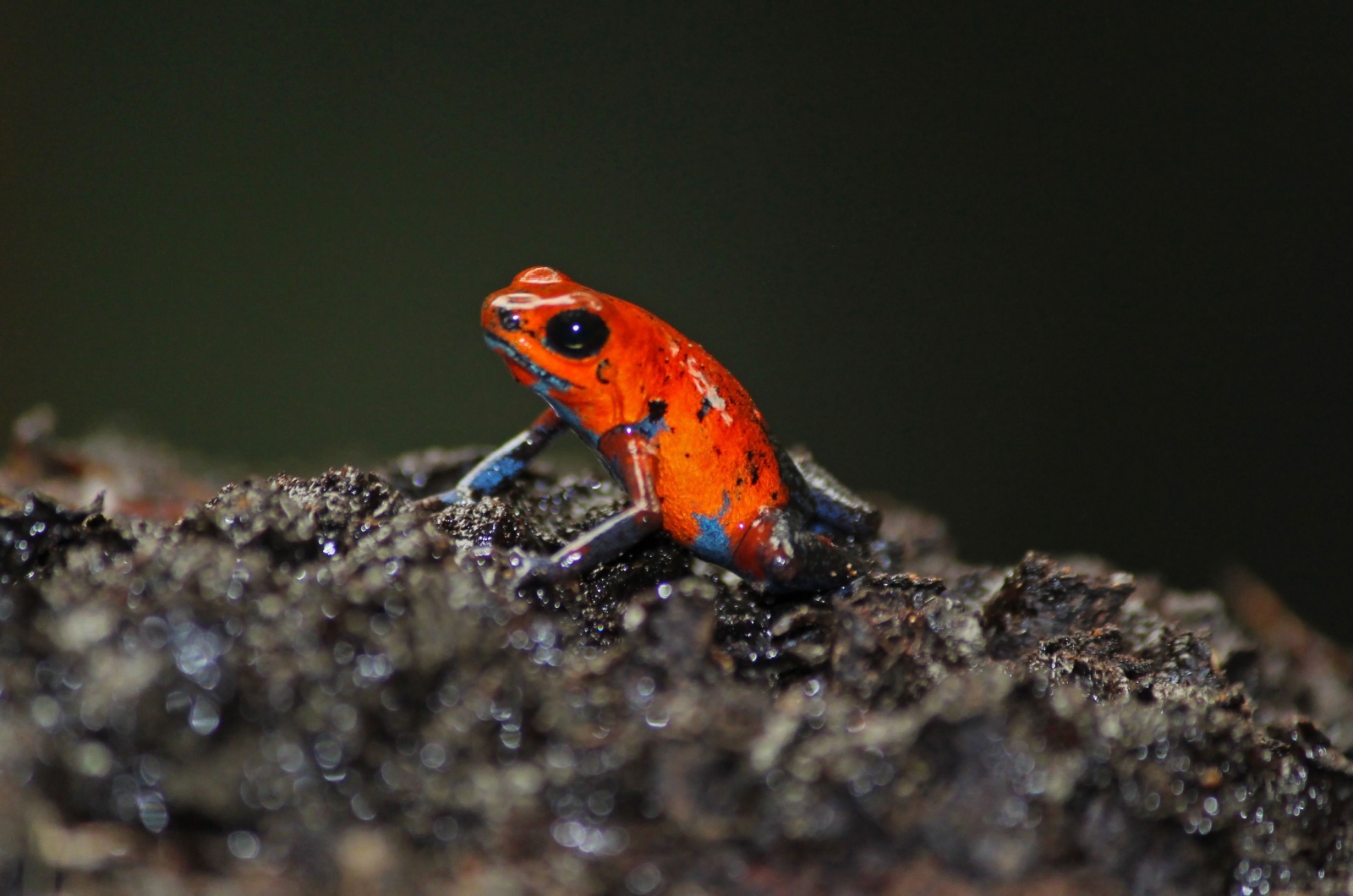
Credit: Shutterstock
The Arrowhead Frog, also known as the golden poison dart frog, holds the title of being one of the most poisonous creatures on Earth.
Its skin secretes batrachotoxin, a toxin so powerful that just a small amount can be fatal. Native to the rainforests of western Colombia, the Arrowhead Frog’s vibrant color serves as a warning to predators of its deadly toxicity.
This frog’s venomous nature has earned it a reputation as one of the most lethal amphibians in the wild.
15. Banded Sea Krait
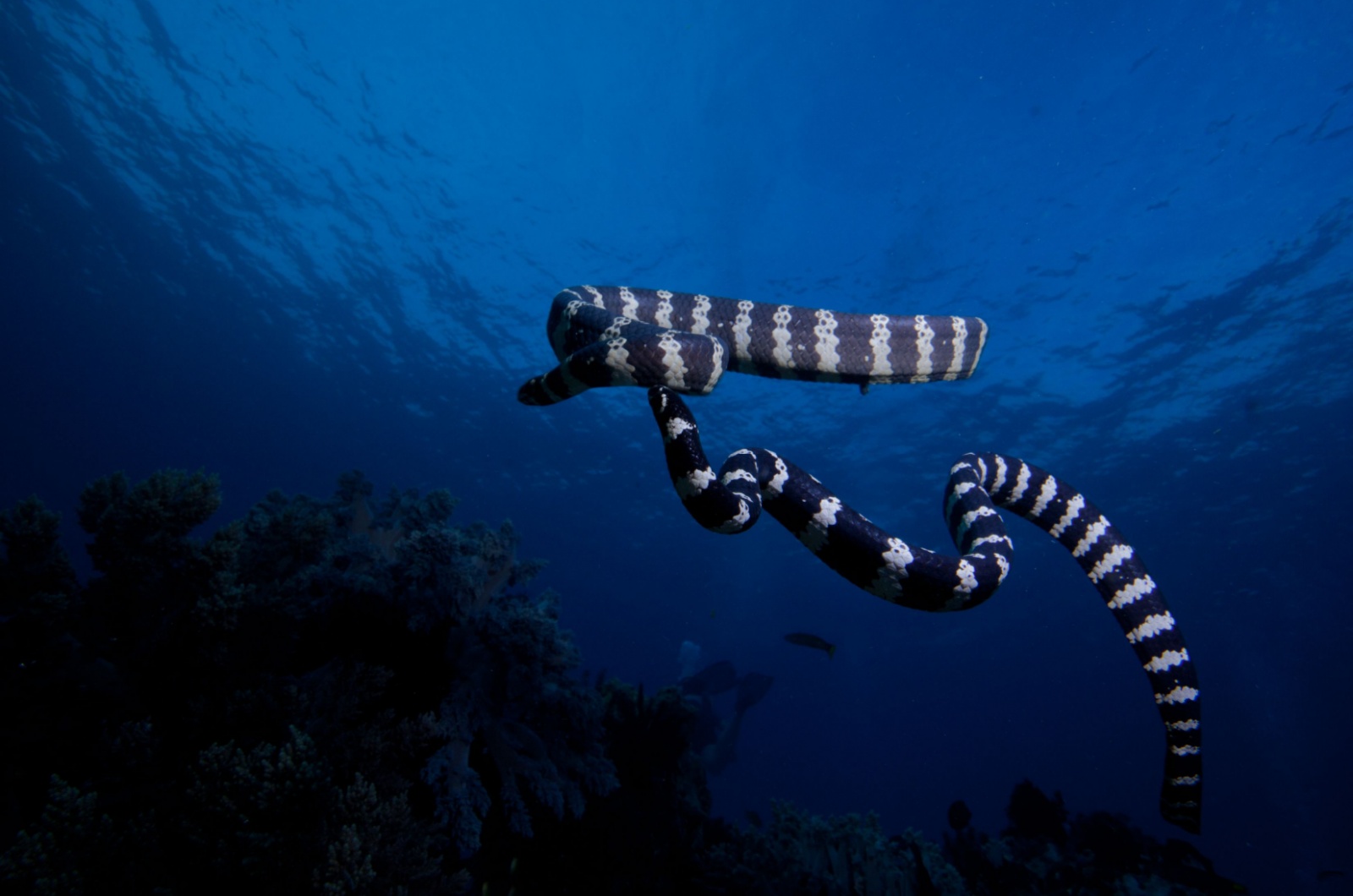
Credit: Shutterstock
The Banded Sea Krait is one of the most venomous snakes in the world. Its venom, which is 10 times more toxic than that of the inland taipan, can cause paralysis and even death if left untreated.
Despite its potent venom, the Banded Sea Krait is relatively shy and prefers to avoid human contact. This highly venomous marine snake is found in the coastal waters of the Pacific and Indian Oceans, where it hunts for fish and eels.

